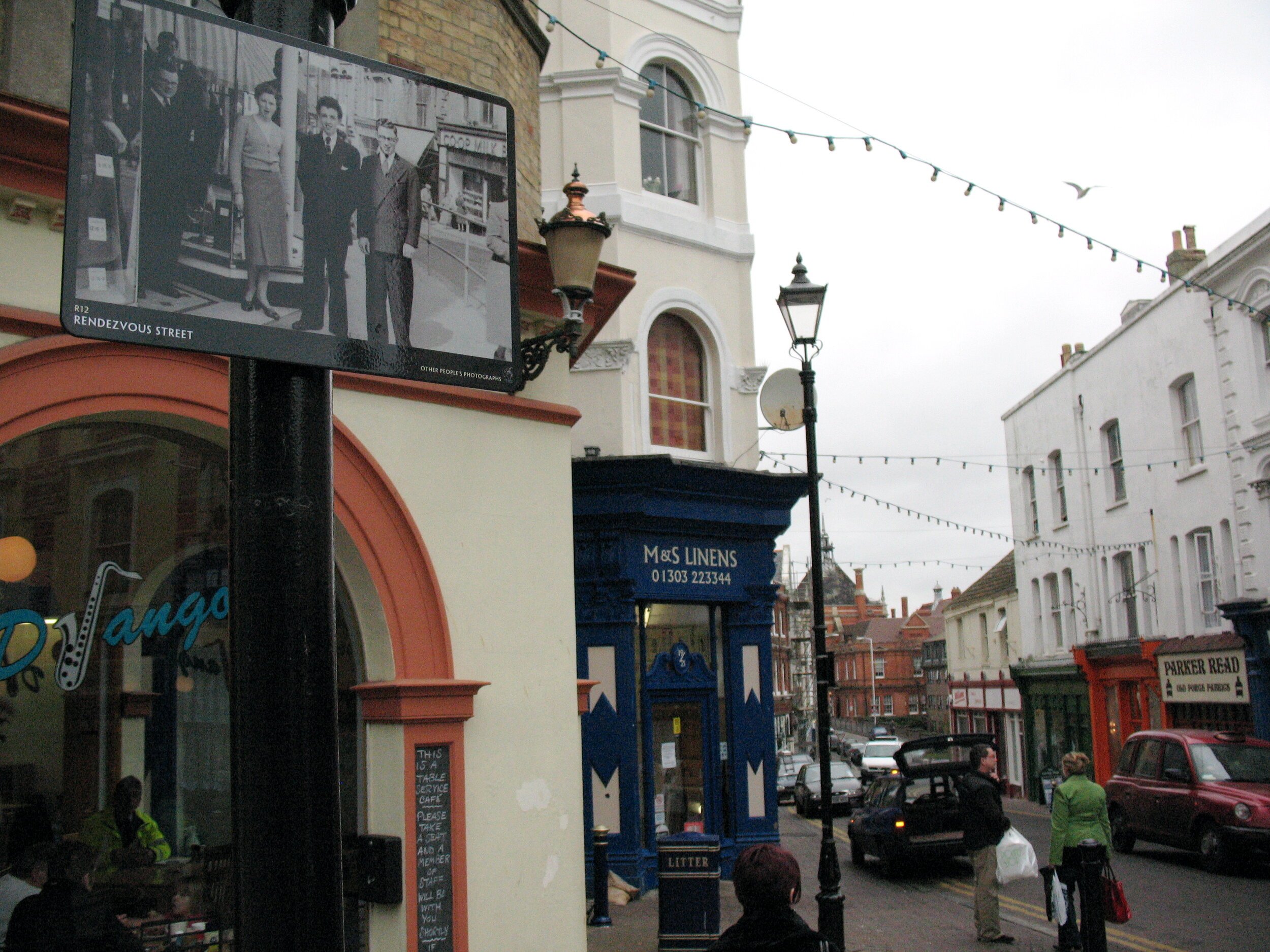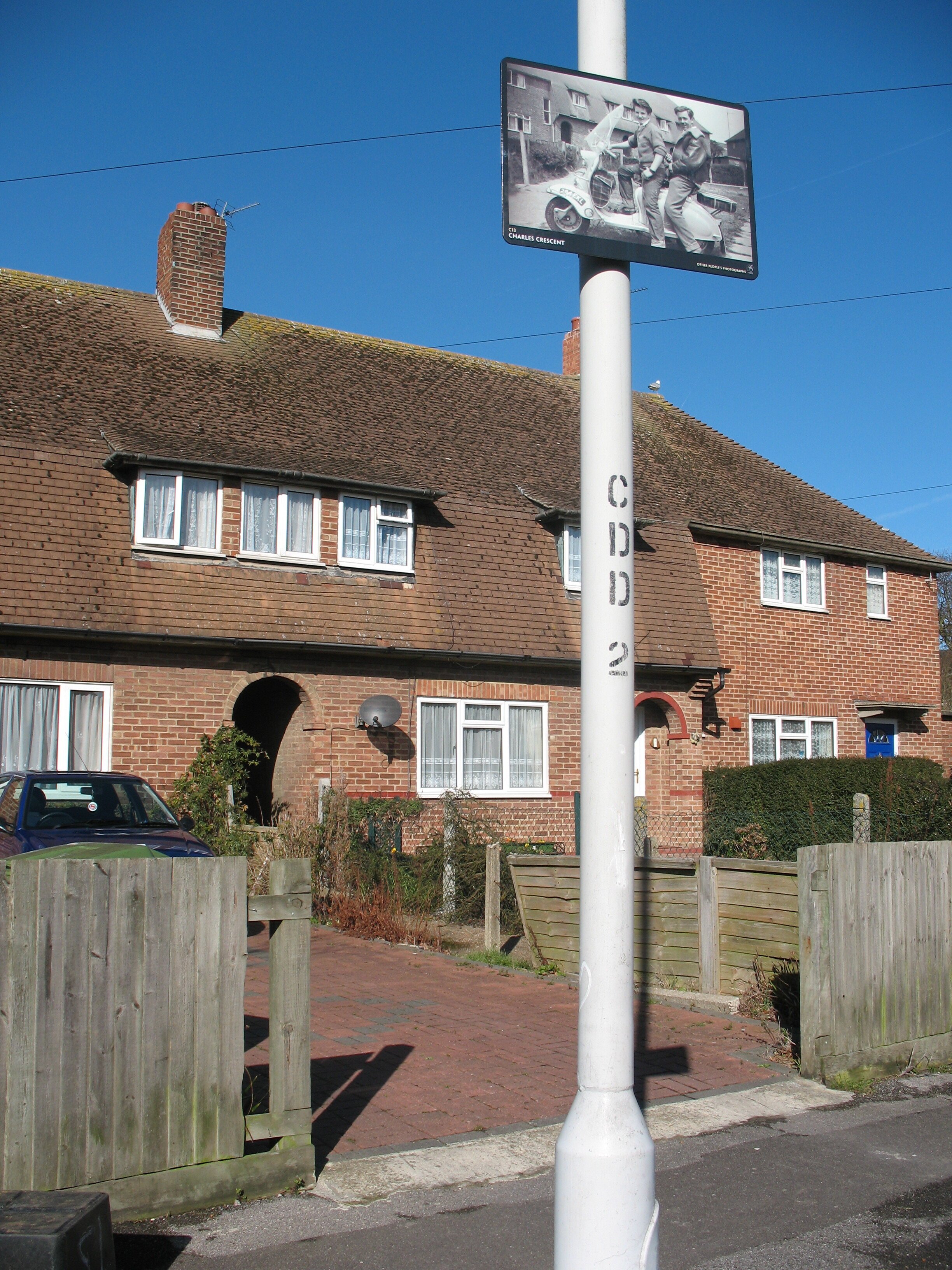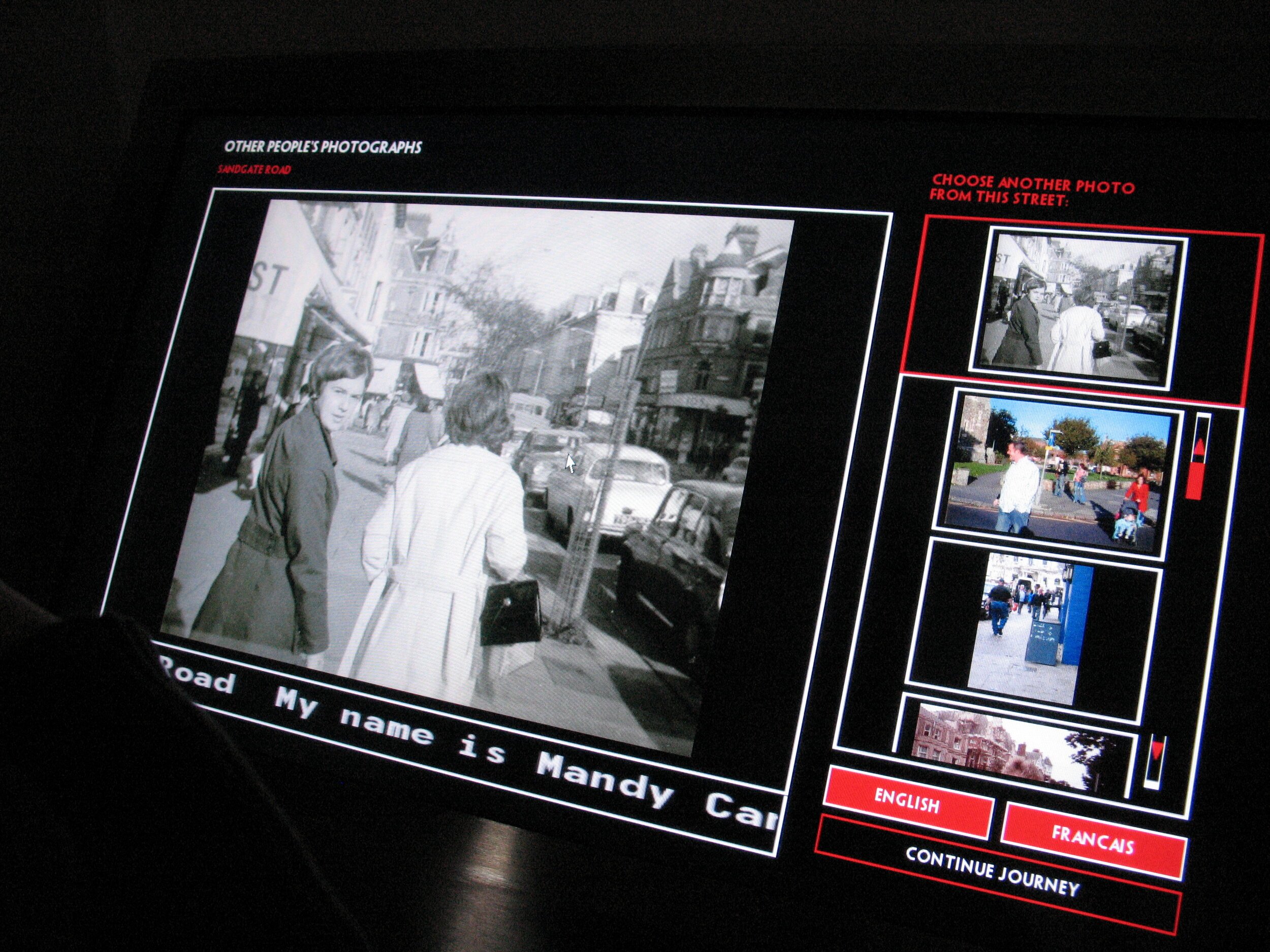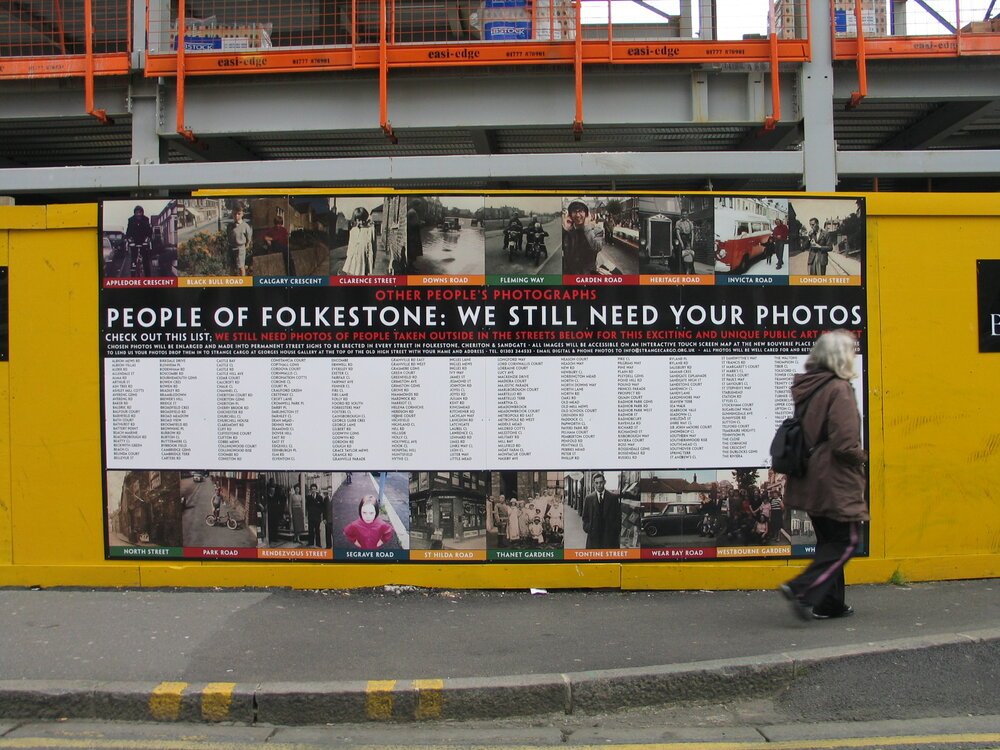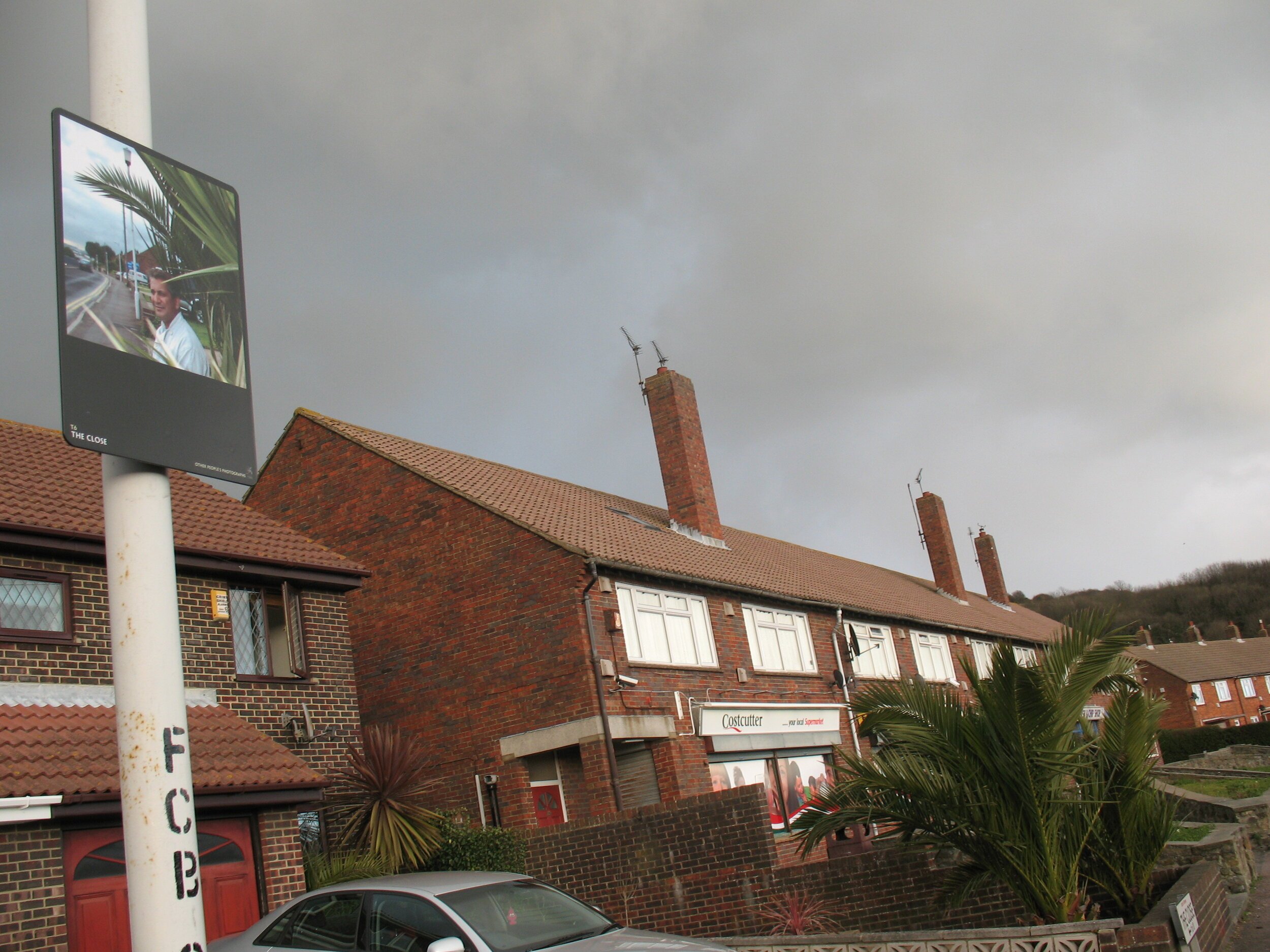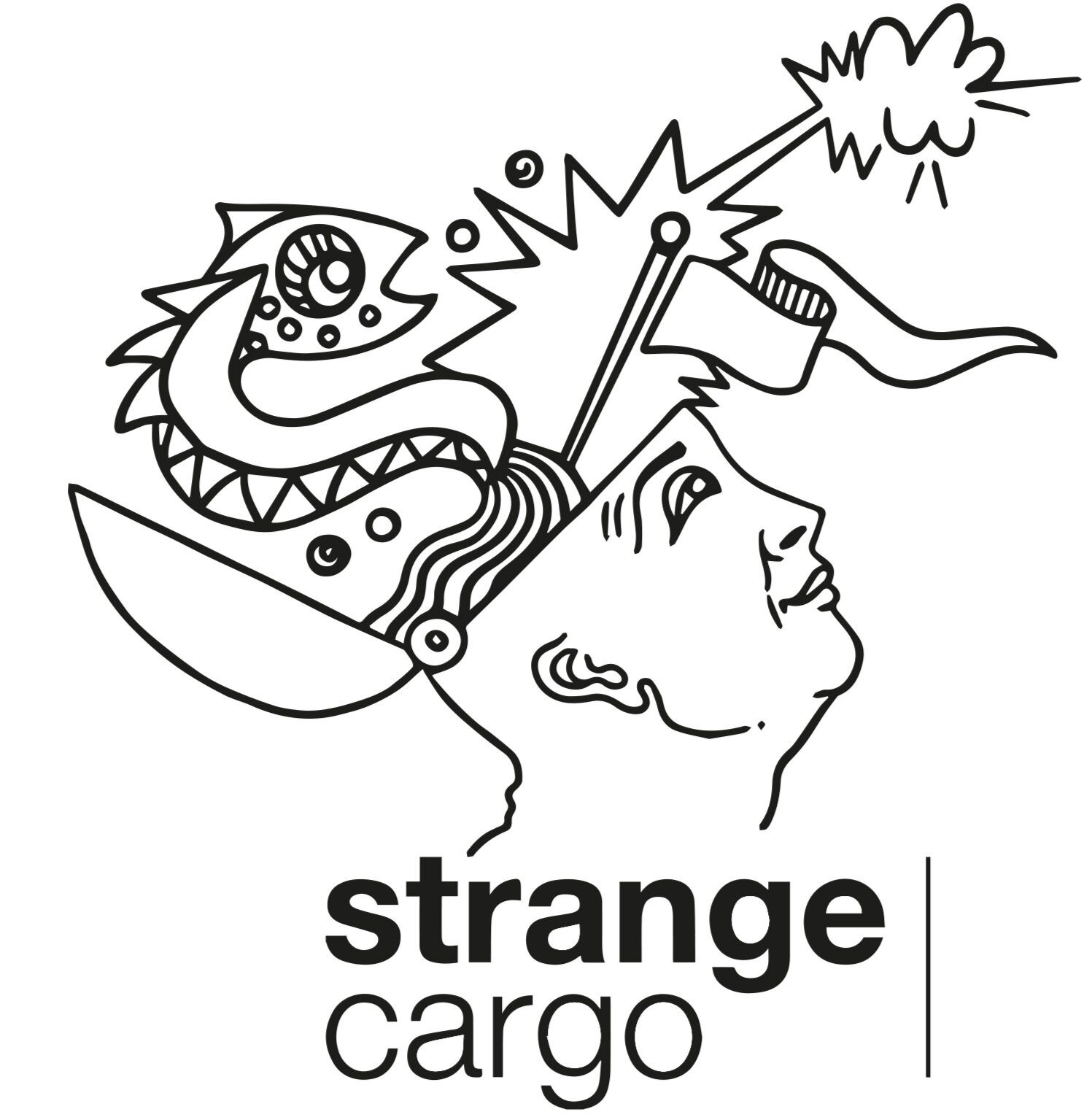
Other Peoples Photographs:
A Town-Wide Public Art Project
In a remarkable display of community spirit, hundreds of residents scoured their personal photo collections to contribute to a groundbreaking public art project that transformed our entire town into a living gallery.
Other People’s Photographs is a celebration of the networks that shape our communities and the significance of shared public spaces. This project emphasises how memory and context transform ordinary spaces into meaningful places. Connected by shared experiences—childhood games, rites of passage, celebrations, and communal events—we find unity in our collective memories.
Launched in February 2008 by Brett Rogers, Director of The Photographers’ Gallery in London, Other People’s Photographs has garnered six major national and international awards. This unique initiative redefined public space by considering every street in Folkestone as part of the town’s communal canvas, not just its parks and central areas.
The heart of this project lies in its subject matter: each metal sign displayed throughout the town features a reproduction of an original photograph taken at that specific location, dating back over the last century. What makes these images truly special is that they were all loaned by members of the public.
Strange Cargo, the organisation behind the project, engaged in months of direct public consultation, using various methods to reach out to the community for contributions. Over two years, 1,650 photographs were loaned from personal albums. The only requirements were that the photos were taken outdoors, featured people, and were set in a recognisable location within the town.
From this vast collection, a single image was chosen to represent each street. Sound technicians collaborated with the photo owners to record the stories behind the images, which were then digitally scanned. The interactive digital design company, Amazing Interactives, created a virtual map that allows visitors to explore the town through these photographs. After the project, every precious photograph was returned to its owner, preserving the personal connection to this extraordinary community endeavor.



